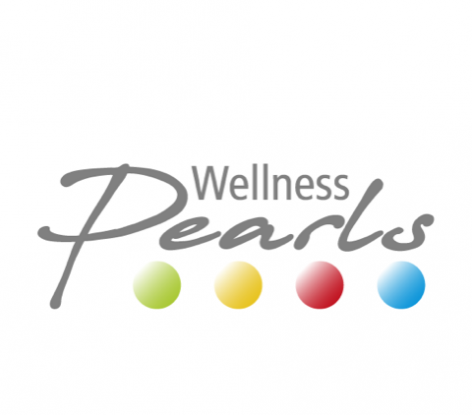Wellness dictionary
Little ABC for your spa-break questions ...
In their treatment discriptions, wellness hotels often use technical terms, which are hard to understand for potential guests. We have therefore collected and defined the most relevant terms in our small wellness ABC. A tip: Our wellness dictionary also supports word requests. You don't need to know the exact wording.
Select letters or search term:
Aloe Vera
The Aloe Vera resembles a cactus,
but belongs to the lily family. It originally comes from Africa and Madagascar. Long before Cleopatra, the ancient Egyptians discovered the healing power of Aloe Vera. They used the cool, soothing gel of its leaves to treat burns and wounds and called aloe vera "blood of the gods".
It reached Europe via the eastern Mediterranean. But aloe vera was also used in Asia for health and beauty 6,000 years ago. The Sanskrit name of Aloe means translated "girl". Aloe Vera is therefore said to give a youthful appearance.
The cultivation of Aloe Vera
Meanwhile the Aloe Vera is cultivated in many tropical and subtropical areas. The strictly organic cultivation of aloe vera is important, as it is used in cosmetics and comes into contact with sensitive skin areas. The plants must therefore be free of pesticides and harmful substances. For medical and cosmetic purposes, the gel from the innermost layer of the plant is usually used. For a long time, a resin extracted from aloe vera was a popular laxative. Even today, a granulate rich in laxative aloin is still extracted, especially from Aloe Capensis and Aloe Ferox.
The healing effect of Aloe Vera
The Aloe Vera contains more than 200 different ingredients, which together make up its effect. However, not all ingredients have been researched for a long time. The effect of aloe vera lies in the interaction of its amino acids, vitamins, trace elements and secondary plant substances. The main active ingredient is Aloverose, a polysaccharide that strengthens the resistance of the cell membrane. In addition, there are active ingredients such as salicylic acid, which slows down inflammation and bacteria, and vitamins A, C and E. In the past, however, it was difficult to stabilize fresh aloe gel because it immediately disintegrates in the air. At the end of the 1950s, the American pharmacist Bill C. Coats patented a process for preserving the gel by exposing it to different temperatures for three days. Today, the marrow of the aloe is preserved by ultraviolet radiation or freeze-drying.
Skin care with Aloe Vera
Aloe Vera Gel is a true miracle cure for our skin. Most manufacturers use aloe vera in products that moisturize, cool or soothe the skin. For example, the desert line has applications due to its antiseptic, cooling and anti-inflammatory effects:
- Burns
- Sunburn
- Scalding
- Allergic reactions
- Pimples
- Neurodermatitis
- Herpes
- Psoriasis
- Eczema
- Anti-Aging
It promotes the regeneration of the skin and is therefore often used in after sun products or as a moisturizer for dry or flaky skin.
Alternatively, you can also use a fresh aloe leaf from your plant to treat your wound. Cut it into two or three pieces and squeeze the leaf directly over the wound.
Because aloe vera promotes blood circulation in the skin and stimulates the production of collagen and elastic fibers of the connective tissue, aloe vera also acts as a natural anti-aging agent. The plant gives the skin a younger look and can delay the formation of wrinkles. Normally, aloe vera is well tolerated by all skin types, even by very sensitive skin or skin prone to neurodermatitis.
Related topics: Aloe Vera Leaf Anti Ageing Bathing cure Cellutron Therapy Collagen Hyaluronic acid Exfoliation

